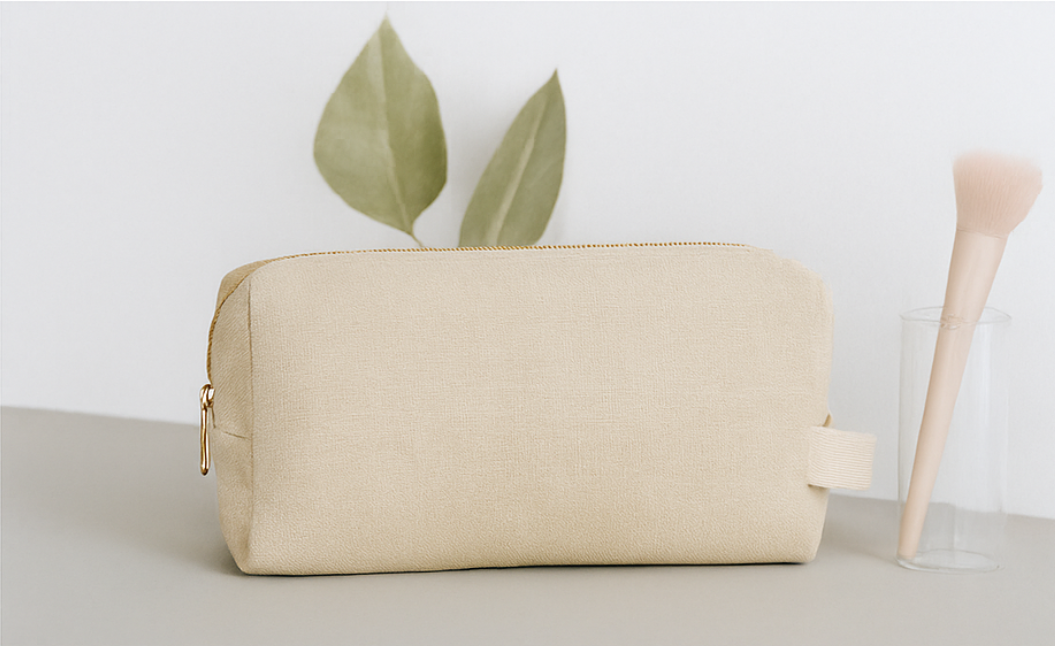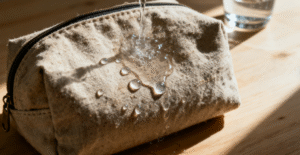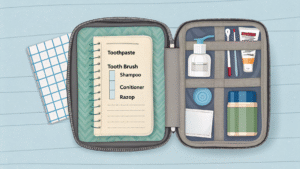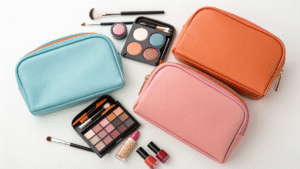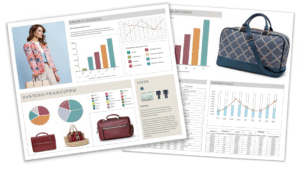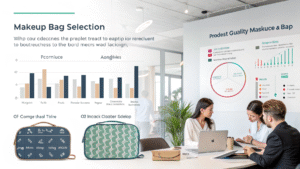Part 1: Why Sourcing Green Matters – A Brand Reputation Story
In 2022, a wellness brand launched a new skincare line bundled with custom cosmetic pouches. Their marketing centered on clean ingredients and sustainability. However, the pouches were made from standard PU plastic with no certification. Social media backlash followed, with customers questioning the authenticity of their eco-claims.
Lesson: For modern buyers, sustainability is not just a bonus — it\'s an expectation. Packaging and accessories must align with your environmental claims to avoid greenwashing and preserve brand trust.
Part 2: How to Source Eco-Friendly Materials – Key Factors and Comparisons
1) Understand Eco Material Categories
| --- | ||||||||
|---|---|---|---|---|---|---|---|---|
| Recycled Plastics | RPET (Recycled PET Bottles) | Reduces landfill waste, uses less energy | May need lining or reinforcement | |||||
| Organic Fabrics | Organic Cotton, Hemp | Biodegradable, low pesticide footprint | Higher cost, may wrinkle more easily | |||||
| Plant-Based Leather | Pineapple Leather (Piñatex), Cactus Leather | Vegan alternative, renewable sources | Higher MOQ, more niche availability |
2) Check for Certifications
Legitimate suppliers of eco-friendly cosmetic bag materials should hold certifications that validate their sustainability claims.
- Global Recycled Standard (GRS) – For RPET and other recycled content
- GOTS – Global Organic Textile Standard for organic cotton
- PEFC/FSC – For sustainably sourced paper hangtags or packaging
3) Ask the Right Supplier Questions
- What % of recycled content is in the fabric?
- Is the material certified by GRS or GOTS?
- Do you provide fabric test reports or traceability documentation?
- What’s the MOQ and lead time for sustainable options?

4) Evaluate the End-Use and Design Needs
Eco-friendly cosmetic bags should still meet performance standards for your target market:
- Retail or Boutique Brands: Choose organic cotton with natural dyes
- Travel Use: Opt for coated RPET with waterproof lining
- GWP or PR Events: Consider eco-blends that balance cost and sustainability
5) Collaborate on Custom Eco Design
Communicate your brand’s sustainability story with material choices, labeling, and packaging:
- Use recycled logos or hangtags that state the material source
- Include sustainability icons (e.g., “Made with RPET Bottles”)
- Bundle with FSC-certified boxes or dust bags
Part 3: Conclusion – Make Sustainable Sourcing a Brand Standard
Eco-friendly materials are no longer just a trend — they’re a must for modern beauty and wellness brands. By understanding the types of sustainable textiles, verifying certifications, and asking suppliers the right questions, you can build cosmetic bags that align with your brand values and customer expectations.
Need help sourcing verified eco-materials? Contact our sourcing team or download our Eco Material Sourcing Guide to get started today.
 Q&N Fashion Factory
Q&N Fashion Factory
